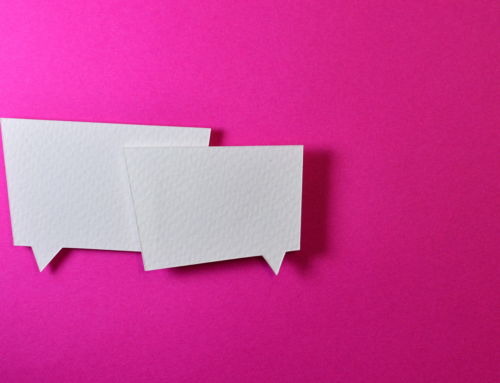5 Tips: The Art of Listening

Share this story.

“Shhhhhhhhh! Listen!”
When we hear these words, we tend to stop and listen. But what are we listening to, and how do other people know you are listening?

Hearing someone and listening are two different concepts. We hear noises, whispers, loud bangs, shouting, yelling, background noise, white noise, and voices. Hearing is more of a biological ability, we don’t need to concentrate, our ears receive the noise, and our brains decipher it.
Listening is quite a separate thing. Sometimes we think we are listening, but we are only hearing. The art of listening requires taking in the information, being in the moment, and potentially responding. Often times, we get caught up in what we will say next, instead of listening. We worry that we will forget what we wanted to say, and thus we may interrupt, or change the subject altogether.
Not just listening, but active listening is a crucial component in communicating effectively with others. What does active listening mean?
Here are 5 tips to help you improve your active listening skills.
1. Engage in eye contact. This helps the person who is speaking, to have confidence that you are providing undivided attention to them and what they are saying.
2. Make reassuring sounds and repeat the statements back to them. “Wow, I can’t believe that you were wearing that dress, and she said that to you!” This also provides validation in what they are saying.
3. When they are done speaking, take an extra moment to keep silent before responding. This shows the person that you have taken in the information and are digesting it.
4. Sometimes a response is not necessary. Just keeping quiet, and providing nonverbal cues can be helpful and demonstrates active listening.
5. Asking a follow up question, can also demonstrate that you were present in the conversation.
There is always time to speak, but to give someone your attentive ear is priceless.





